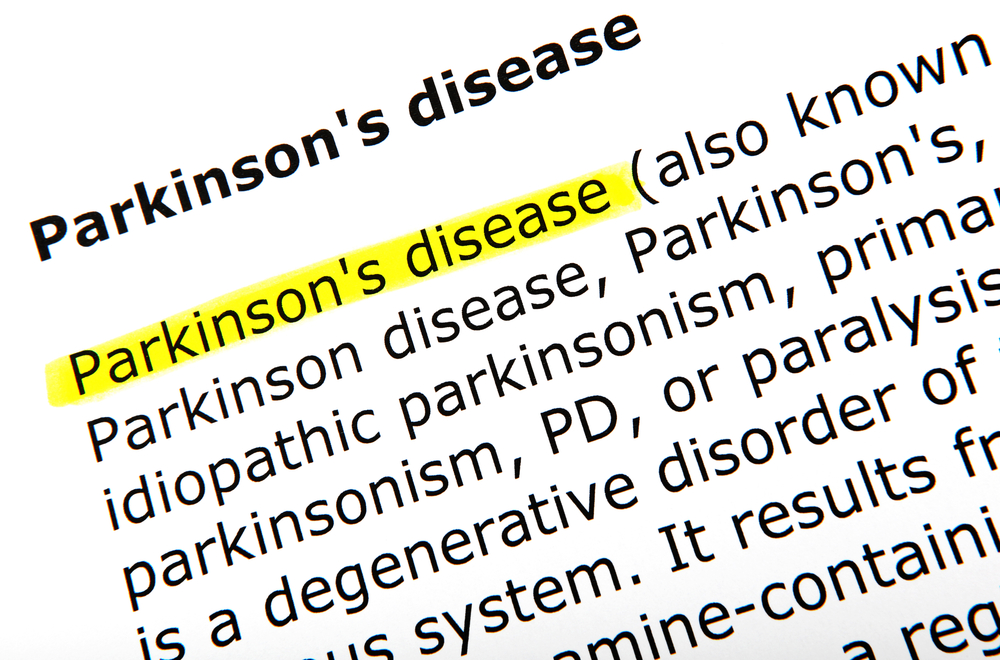Gaucher Disease Study from Argentina Identifies Markers for Early Parkinson’s Disease Detection
Written by |

Researchers analyzed the occurrence of Parkinson’s disease (PD) markers in type 1 Gaucher disease (GD) patients, who generally have an increased risk of developing Parkinson’s, and identified a series of markers for PD. The findings, which align with previous research, indicate that Gaucher patients and mutation carriers are an important population for the exploration of biomarkers and potential therapies for Parkinson’s.
The research paper, “Prodromal Clinical Markers of Parkinson disease in Gaucher Disease Individuals,” was published in European Neurology.
The hallmark of Gaucher disease is the accumulation of undegraded glucocerebroside in cells due to a faulty enzyme, glucocerebrosidase (GBA). GBA deficiency is caused by mutations in the GBA gene, which have been associated with Parkinson’s disease, among other disorders. Homozygotes for GBA mutations (people in which both copies of this gene are faulty) develop Gaucher disease, while heterozygotes for GBA have only one faulty copy of the gene and do not develop Gaucher, but are also at increased risk for Parkinson’s.
Previous studies provided evidence that homozygote and heterozygote carriers, without clinical evidence of Parkinson’s, show potential markers of neurodegeneration, such as olfactory dysfunction, significant deterioration in scores for depression, rapid eye movement (REM) sleep behavior disorder, and retinal abnormalities.
Here, researchers explore the potential markers of Parkinson’s, particularly neurological manifestations, in type 1 Gaucher disease patients from Argentina. A total of 26 patients, all on enzymatic replacement therapy (ERT), were evaluated by extensive neurological examination, which included several tests.
The results indicate that seven patients (26.92 percent) reported parasomnias; two (7.69 percent) reported REM behavior disorders; two (7.69 percent) reported constipation; one (3.84 percent) experienced hyposmia (reduced ability to detect odors); and another reported tremor. Depression was reported by three patients (11.53 percent). Cognitive assessment was measured through Montreal Cognitive Assessment (MoCA), which was abnormal in 44.44 percent of the patients.
Such findings are in line with previous research where authors had found a deteriorating trend in olfactory function, retinal function, and cognitive tests.
Despite some limitations, researchers believe this study further establishes Gaucher patients as a promising population for the identification of biomarkers and potential neuroprotective therapies for Parkinson’s disease.
“We believe that the analysis of prodromal symptoms of PD in different populations contributes to the increase in international efforts to find more sensitive and specific biomarkers and to identify particular phenotypes and environmental factors involved in the increased risk for PD. Extensive studies are warranted,” the authors wrote.


